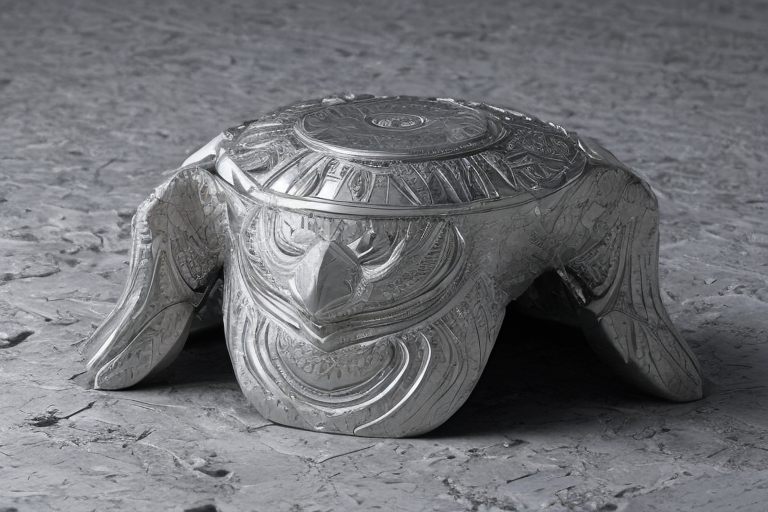Rising inflation rates and economic deceleration have led some Wall Street strategists to express concerns about a potential return to the 1970s-style “stagflation” scenario. Following a series of inflation reports exceeding estimates during Q1, David Donabedian, chief investment officer at CIBC Private Wealth US, described it as a worst-case outcome for the Federal Reserve due to its combination of economic stagnation and high inflation. The latest GDP data revealed slower than expected growth in Q1 with an annualised rate of just 1.6%, while core inflation accelerated beyond five per cent annually – a scenario known as “stagflation”. JPMorgan Chase CEO Jamie Dimon was one prominent expert sounding alarm on the situation, stating that there is a chance it could happen again and warning that it looks more like the ’70s than previously seen. Fed Chair Jerome Powell expressed doubts over progress towards reducing inflation this year, citing a lack of further development since last summer, though officials continue to hold rate reduction possibilities on standby due to economic strength and concerns about reigniting price pressures. Despite higher borrowing costs for consumer and business loans following interest hikes by the Fed, which has pushed average rates on 30-year mortgages over seven per cent in recent times – this rapid increase has not stymied spending or hiring activity among consumers and businesses alike. The labour market continues to perform well with employers adding a substantial number of new workers during March while job openings remain high, causing unemployment levels to fall slightly below four per cent. Bill Adams, chief economist for Comerica Bank, believes that solid income growth coupled with strong consumer spending in March offers reassurance that the slowdown experienced by Q1 GDP is not indicative of a stagflationary economy.
Wall Street Warns of Stagflation Risk as Inflation Persists, Growth Slows
•
Recent Posts
Advertisement
Advertisement example


Leave a Reply